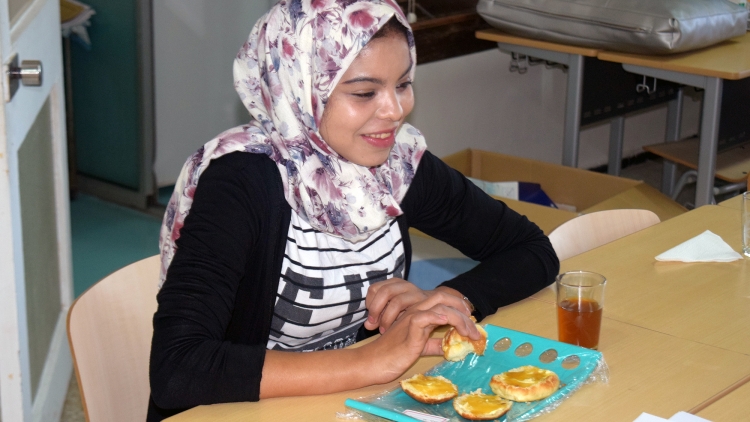According to the year 2000 figures from Morocco’s Ministry of Health, 37% of pregnant women, 36% of women of reproductive age, 31% of children under 5 years of age and 18% of men are iron deficient. This leads to iron deficiency anaemia, which causes extreme fatigue, weakness, shortness of breath and headaches. In infants and children, severe forms delay growth and development in addition to increased susceptibility to infections. Morocco therefore created a National Fortification Alliance (NFA) to combat micronutrient deficiencies and in 2002, decided to fortify wheat flour, which is consumed widely by Moroccans (365g flour/day), with elemental iron[1].
However, a study carried out from 2006 to 2008 showed that iron deficiency has not reduced despite implementation of the wheat flour fortification programme. In 2016, the Government changed the type of iron fortificant, from elemental iron, which is highly affected by dietary iron inhibitors, to NaFeEDTA[2], which is more bioavailable and less affected by dietary iron inhibitors. The same year, to support this change in strategy, the Moroccan Government requested IAEA support to help confirm the bioavailability of NaFeEDTA from wheat flour. Support was also requested to study the effect on iron bioavailability of consuming tea with fortified bread, because this is often practiced in Moroccan culture.






